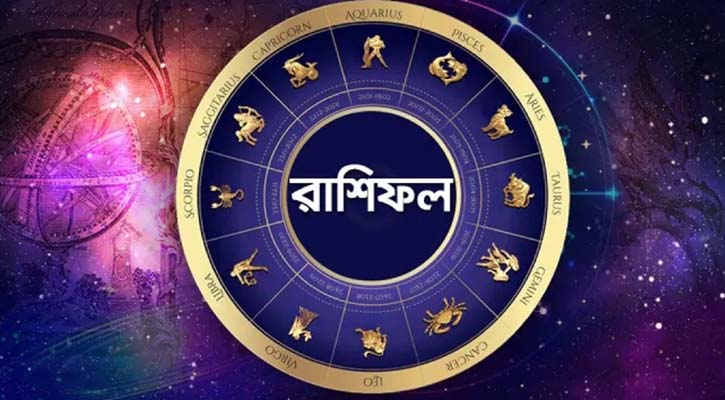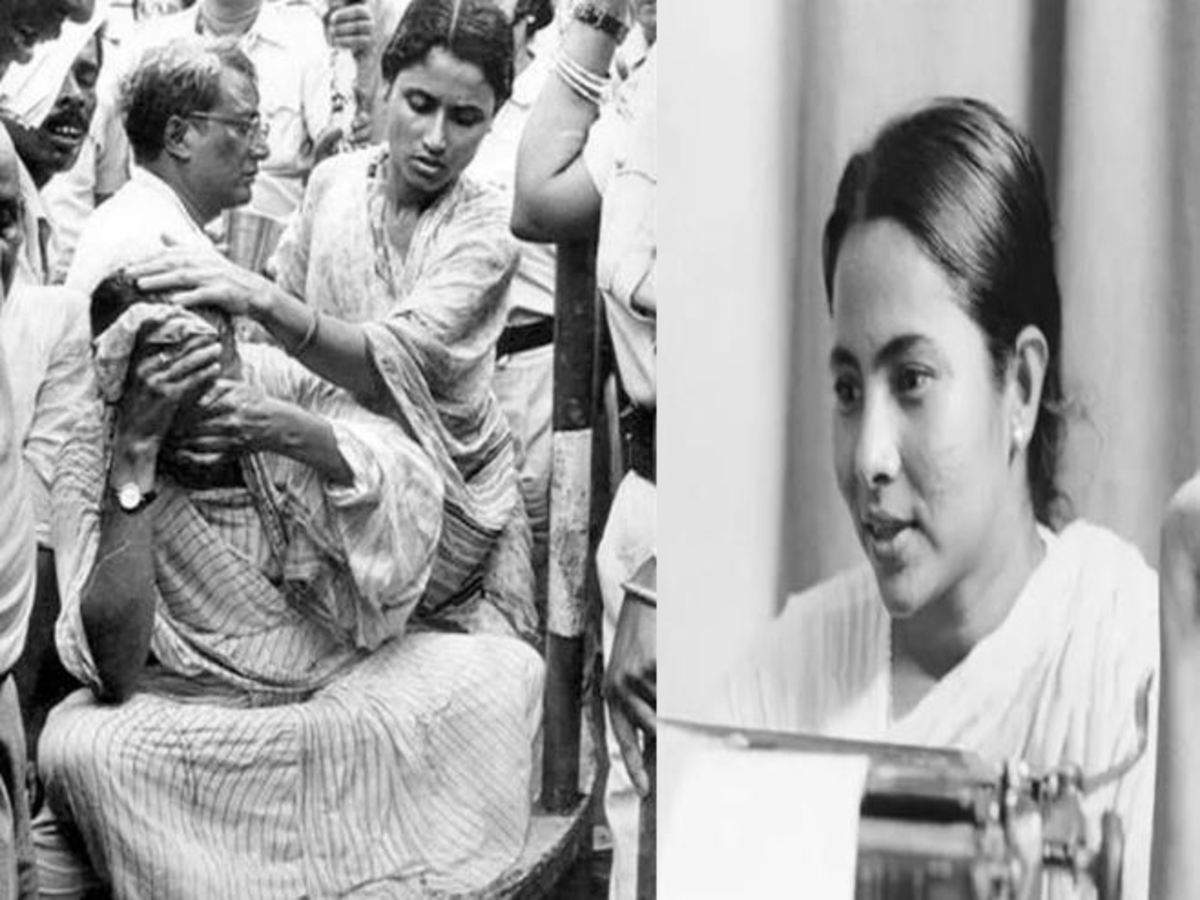Early-stage fatty liver is treatable, and lifestyle adjustments may be helpful. Here are some recipes that will aid in liver health and detoxification.

A non-alcoholic fatty liver affects about 40% of Indians, but most don’t know it because the condition doesn’t initially show any symptoms.(Khushboo Jain Tibrewala)
Because of the increasingly sedentary lifestyles we all lead and our propensity to overeat comfort foods between meals, fatty liver has become a growing cause for concern. While our liver requires some fat to function, having more than 5% of our body weight as fat could be fatal. A non-alcoholic fatty liver affects about 40% of Indians, but most don’t know it because the condition doesn’t initially show any symptoms. Maintaining the unhealthy habits could deteriorate liver health to the point where it could result in life-threatening diseases like cirrhosis or cancer. Up until a point where it cannot be reversed, fatty liver is treatable.
For a very long time, fatty liver is entirely curable. The damage doesn’t become irreversible until it manifests physically as scarring and cirrhosis. Today, some form of non-alcoholic fatty liver is present in close to 40% of Indians. The main cause of such high numbers is actually quite straightforward. It’s how we live. Our sleep schedules are no longer in sync with our circadian rhythm, we are eating more than ever before, our food is more processed than ever before, we spend the majority of the day sitting down, and we are consuming more toxins due to pollution, chemical-filled personal care products, food additives, and other factors. This alarming rise in fatty liver is a result of all of this combined with the rising prevalence of insulin resistance, type 2 diabetes, obesity, and dyslipidaemia, according to Khushboo Jain Tibrewala.
Khushboo Jain Tibrewala has introduced Fatty Liver Guide, a guide with all the details for better liver health, in honour of World Liver Day. Here are six recipes that can help you treat fatty liver.
1. Moong Dal Idli

Traditionally, rice and black gramme are used to make idli. The grains are soaked, turned into a paste, and left for 8–10 hours to ferment. This traditional dish is very nourishing on its own. However, this recipe is a great option for those of us who are attempting to limit our carbohydrate intake.
The fermentation and overnight soaking increase the dals’ nutritional value and bioavailability of their nutrients. Legumes are also infamous for having high levels of lectins. (anti-nutrients). However, the processing used in this recipe will significantly lower their lectin content, making them easier to digest and higher in protein.
Four servings | Lunch and Dinner Ingredients
- Moong Dal, 1 cup
- 1/3 cup Indra Dal
- Salt, as desired
- Ghee
- The dals were washed and soaked separately for 12 hours.
- Once during this period, change the water.
- Separately grind the two dals, then combine.
- Add the salt.
- Let them sit for 8 to 10 hours to ferment.
- In an Idli maker, steam them.
- After removing the Idli from the Idli maker, drizzle some ghee over the hot Idlis, and then serve.
2. Detox Khichdi

Ingredients
One fistful of white rice per person.
- 2 fistfuls of moong dal per person.
- Spinach, radish, carrot tops, beetroot greens, cauliflower greens and other chopped greens
- (1 cup each of fenugreek, malabar spinach, and amaranth leaves)
- Bottle gourds, ridge gourds, pumpkins, ash gourds, and other cucurbit vegetables, grated
- (baby butternut squash, zucchini, snake gourds and watermelon) – 1 cup
- 2 gloves and garlic
- 1-inch Ginger PC
- Clove – 1
- Two black peppercorns
- Salt
- Haldi
- Water: approximately 1/2 cup per person
- 1 tablespoon of grated coconut per person.
- 1 tablespoon of coriander leaves per person
- 11 teaspoons of ghee per person
Method
- Soak the rice and dal mix for 6-8 hours.
- In a stock pot, place all the ingredients except coconut, coriander and ghee.
- Once everything starts boiling vigorously, slow the flame, cover the pot and let this simmer for about 20-25 minutes, stirring occasionally.
- Once the rice and dal are cooked thoroughly, switch the flame, cover the pot and let this sit for a few minutes.
- While eating, top the khichdi with ghee, grated coconut and coriander leaves.
- Eat this with the Green Chutney mentioned above.
- Soak the rice and dal mix for 6-8 hours.
- In a stock pot, place all the ingredients except coconut, coriander and ghee.
- Once everything starts boiling vigorously, slow the flame, cover the pot and let this simmer for about 20-25 minutes, stirring occasionally.
- Once the rice and dal are cooked thoroughly, switch the flame, cover the pot and let this sit for a few minutes.
- While eating, top the khichdi with ghee, grated coconut and coriander leaves.









